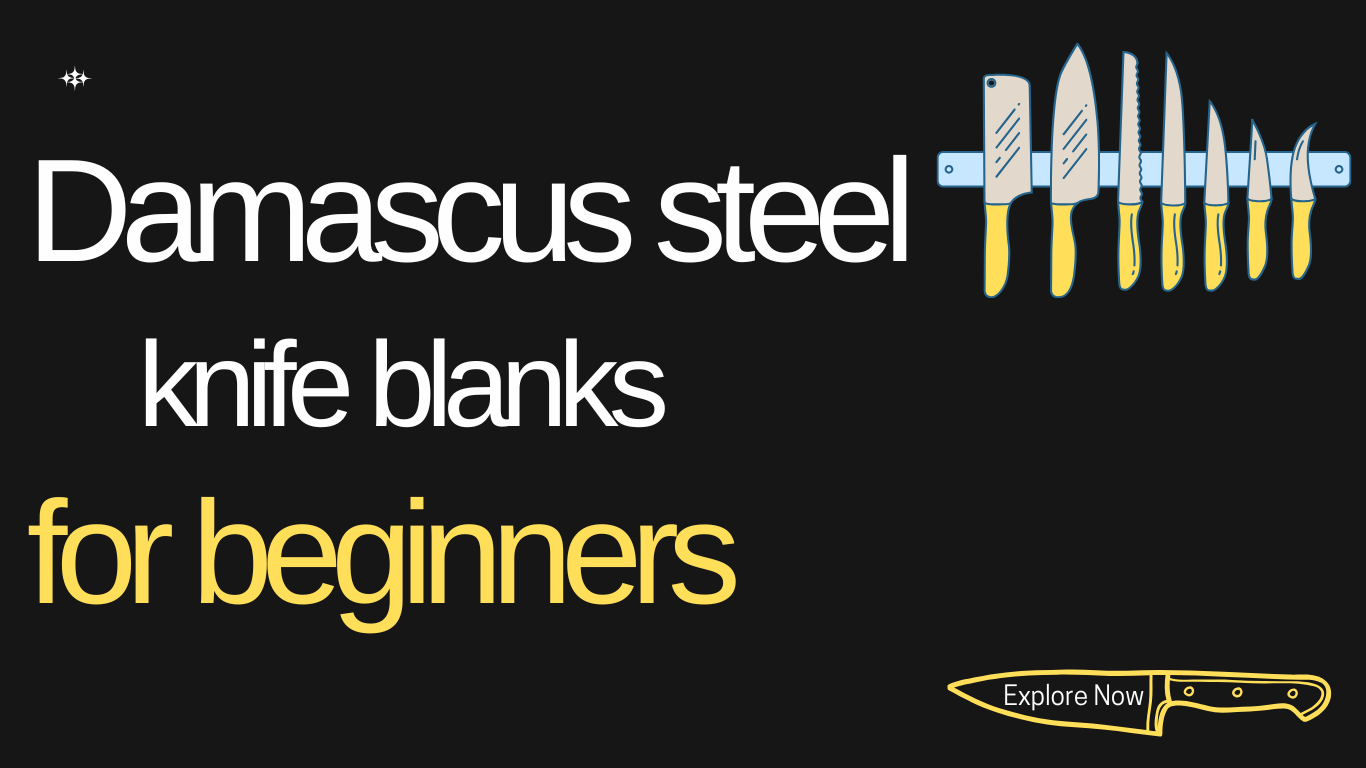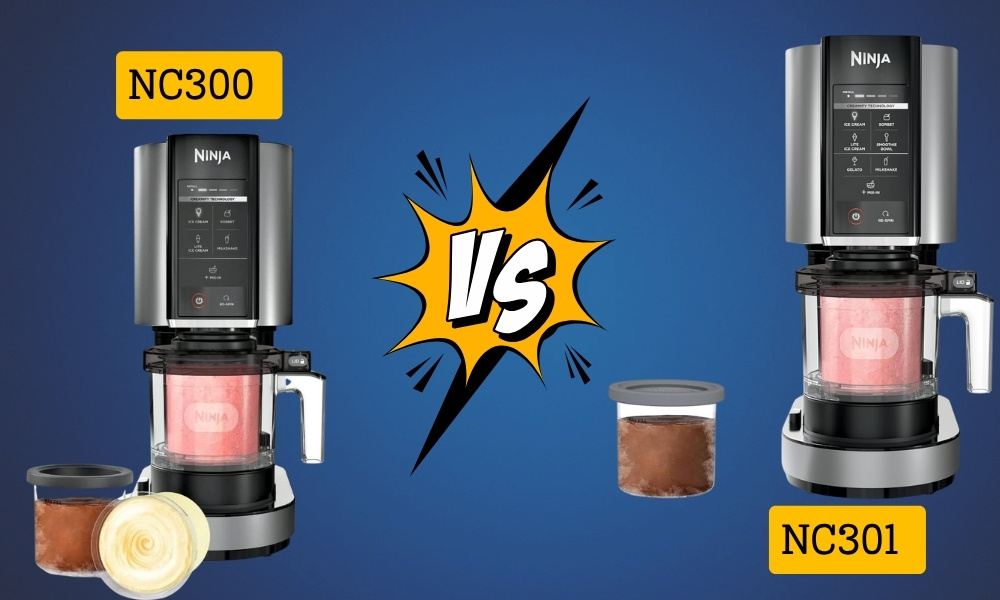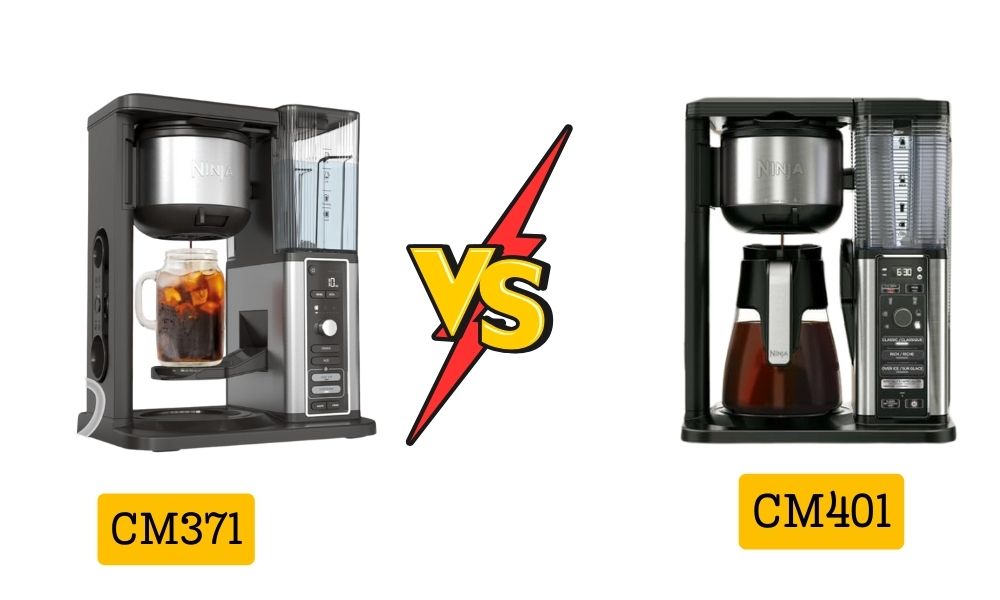Are you fascinated by the art of knife-making? Damascus steel knife blanks provide an ideal starting point for crafting your own unique and high-performance knives. This guide will walk you through the essentials of choosing, working with, and finishing Damascus steel knife blanks, empowering you to create a blade that’s both beautiful and functional. We’ll cover the key features that make Damascus steel special and provide step-by-step instructions for beginners eager to embark on their knife-making journey
What Are damascus steel knife blank?
Knife blanks are essentially unfinished knife blades, ready for a handle and final sharpening. Damascus steel knife blanks are unique because they are constructed from multiple layers of different steel types, forge-welded together and manipulated to create distinctive wave-like patterns.
This layered construction, a hallmark of Damascus steel, not only results in a visually striking appearance but also offers enhanced strength and flexibility compared to blades made from a single piece of steel.
For beginners, using a Damascus steel knife blank simplifies the knife-making process, eliminating the complex and time-consuming blade forging stage and allowing focus on handle creation and blade finishing.
The Advantages of Using Damascus Steel Knife Blanks
1. Stunning Aesthetics
The most striking feature of Damascus steel is its distinctive, flowing pattern. This pattern is a direct result of the meticulous forging process, where different steel alloys are repeatedly layered, heated, and folded.
The unique arrangement of these layers in each blank means that every knife crafted from Damascus steel possesses an individual pattern, making it a functional work of art. This visual uniqueness adds significant value for knife makers seeking to create truly bespoke pieces.
2. Superior Strength and Durability
Damascus steel is known for its toughness. The layering process gives it added strength, making it resistant to chips and cracks. If you’re crafting a knife for everyday use—be it a chef’s knife, a fillet knife, or a paring knife—Damascus steel will hold up well under pressure.
3. Sharpness That Lasts
Because of the hard steel used in its construction, Damascus steel holds its edge for longer. This means less time sharpening and more time enjoying a razor-sharp blade. Whether you’re slicing vegetables, filleting fish, or cutting steak, a properly honed Damascus knife will glide through with ease.
A Beginner’s Guide to Crafting a Knife with Damascus Steel Blanks
Crafting your own knife might sound intimidating, but it’s a lot easier than you think—especially with Damascus knife blanks. Here’s a beginner-friendly guide to get you started.
Step 1: Choose the Right Knife Blank
Selecting the appropriate knife blank is crucial for a successful project. Consider the intended use of the finished knife: *
Chef’s Knife Blank: Designed for versatile kitchen tasks, from chopping vegetables to slicing meat.
Paring Knife Blank: Ideal for detailed work such as peeling, trimming, and precise cuts.
Fillet Knife Blank: Offers the flexibility and thin blade necessary for filleting fish and preparing delicate cuts of meat.
For your first attempt, a chef’s knife blank is a good starting point due to its versatility and manageable size. Reputable brands like Alabama Damascus and Zhen offer blanks suitable for beginners, known for their quality and consistent dimensions.
Step 2: Design Your Handle
The handle offers a significant opportunity for customization and personalization. Common handle materials include:
Hardwoods: Such as walnut, ebony, or maple, provide a classic aesthetic, durability, and a comfortable grip. The density and grain of the wood can influence both the feel and appearance.
Resins: Offer a wide range of colors and patterns, allowing for vibrant and modern designs. Stabilized resins are particularly recommended for increased durability and moisture resistance.
Micarta/G10: Composite materials that provide exceptional strength, durability, and resistance to moisture and temperature changes. These are excellent choices for knives that will see heavy use.
Select a material that not only complements the blade’s style but also provides a comfortable and secure grip for extended use.
Step 3: Shape and Attach the Handle
Damascus steel knife blanks typically include pre-drilled holes to facilitate handle attachment. The following materials are essential:
Epoxy Resin: A high-strength adhesive formulated for bonding dissimilar materials, ensuring a durable and water-resistant bond between the handle and the blank.
Pins or Screws: Mechanical fasteners that provide additional security and prevent handle movement. Brass pins, in particular, can enhance the aesthetic appeal.
After attaching the handle scales, carefully shape it using files, rasps, and sandpaper. Start with coarser grits to remove excess material and progressively move to finer grits for a smooth, ergonomic finish. This stage is critical; the final shape and feel of the handle will significantly impact the knife’s balance and overall user experience.
Step 4: Finish the Blade
While Damascus steel blanks come pre-formed, achieving a razor-sharp edge and highlighting the blade’s pattern requires finishing.
Sharpening: Employ a whetstone or sharpening system, beginning with a coarse grit stone to establish the initial edge, followed by progressively finer grits to refine and hone the blade. Maintaining a consistent angle is crucial for optimal sharpness.
Polishing: After sharpening, gently polish the blade with a metal polish or fine-grit sandpaper. Applying a light coat of oil, such as mineral oil, will protect the steel and accentuate the Damascus pattern.
Step 5: Test Your Knife
The moment of truth! Test your knife by cutting through a variety of materials. Does it feel balanced? Is the edge sharp enough? If not, refine it further until it’s perfect.
Key Considerations When Choosing Damascus Steel Knife Blanks
Material Quality
The quality of Damascus steel varies significantly. Prioritize blanks made from high-carbon steel, known for its ability to hold a sharp edge, or stainless steel, valued for its corrosion resistance. A higher layer count (e.g., 67 layers or more) generally indicates finer patterns and enhanced strength. Inquire about the specific steel alloys used by the manufacturer, as this greatly impacts the blade’s performance.
Made in the USA
While supporting local craftsmanship is a valid consideration, prioritize blanks from manufacturers with a reputation for quality and consistency. Regardless of origin, ensure the supplier provides detailed specifications about the steel used and the manufacturing process.
Ease of Use
For beginners, choose blanks that don’t require extensive finishing. Some brands even offer pre-sharpened blanks, so all you need to focus on is the handle.
Affordability
If you’re just starting out, look for Damascus knife blanks for sale online. Sites like Amazon and specialty knife-making stores often have budget-friendly options.
Top 3 Picks for Damascus Steel Knife Blanks
1. Best Overall: Alabama Damascus Knife Blanks
Known for their high-quality steel and stunning patterns, these blanks are perfect for beginners and experts alike.
2. Best for Kitchen Use: Zhen Damascus Knife Blank
These blanks are specifically designed for kitchen knives, offering excellent sharpness and balance.
3. Best Budget Option: Damascus Knife Blanks Amazon
For those on a tight budget, Amazon offers a variety of blanks at affordable prices without compromising on quality.
Conclusion
Working with Damascus steel knife blanks offers a uniquely rewarding opportunity to create a personalized and high-performance cutting tool. The process, while requiring patience and attention to detail, is accessible even for those new to knife-making.
By carefully selecting a blank that aligns with your intended use and following the steps outlined in this guide, you can craft a knife that is both a functional asset and a testament to your craftsmanship. Further exploration into knife
FAQs
What is the difference between a Damascus knife blank and a regular knife blank?
Damascus knife blanks are made from layered steel with a unique wavy pattern, offering better aesthetics and durability compared to regular blanks.
Are Damascus steel knife blanks hard to work with?
Not at all! They’re beginner-friendly and require minimal tools to craft a beautiful knife.
Where can I buy Damascus steel knife blanks?
You can find them on Amazon, specialty knife-making stores, and sites offering Damascus steel knife blanks for sale.
Can I use Damascus knife blanks for outdoor knives?
Absolutely! Many blanks are versatile enough to craft hunting or skinning knives.
How do I maintain a Damascus steel knife?
Always handwash your knife, dry it immediately, and apply a light coat of oil to prevent rust.
What’s the best handle material for Damascus knives?
Wood and resin are popular choices. Wood offers a traditional look, while resin provides durability and a modern style.


